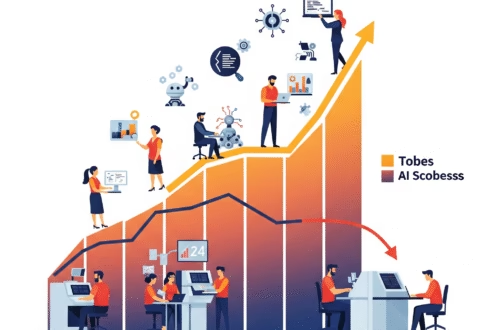Master the emerging field of synthetic data and shape the future of AI model training.

What is a Synthetic Data Designer?
A Synthetic Data Designer creates artificial datasets that replicate real-world information. These datasets are used to train machine learning models when real data is sensitive, limited, or unavailable. Synthetic data is transforming how companies train AI by offering more control, privacy, and scalability.
Why Synthetic Data Matters
- Privacy-first: It replaces real data, protecting personal identities.
- Bias mitigation: Synthetic datasets can be rebalanced to remove harmful bias.
- Faster development: More data = faster AI training.
Skills You’ll Need
- Programming: Proficiency in Python, R, or Julia.
- Generative Models: GANs, VAEs, and diffusion models.
- Data Privacy: Techniques like differential privacy or k-anonymity.
- Domain Knowledge: Healthcare, finance, or autonomous vehicles.
Educational Pathways
You don’t need a PhD, but a degree in computer science, statistics, or AI is helpful. You can also upskill through online platforms:
Tools of the Trade
Leading synthetic data generation tools include:
Job Opportunities and Salary
The demand for synthetic data experts is rising in industries like autonomous driving, insurance, and pharma. According to LinkedIn Jobs, roles such as Data Simulation Engineer or AI Data Strategist pay between $90K–$160K per year depending on skill and location.
Real-World Applications
- Healthcare: Create fake patient profiles for AI-based diagnostics without compromising real patient data.
- Autonomous Vehicles: Train self-driving cars in simulated environments.
- Finance: Build synthetic bank transaction histories for fraud detection models.
How to Get Started
- Learn Python and explore generative modeling libraries like PyTorch or TensorFlow.
- Practice by creating synthetic datasets with open-source tools.
- Build a portfolio and contribute to GitHub or Kaggle projects.
- Apply for internships or freelance gigs involving data augmentation or AI training sets.
Read related posts on UseGenix
Final Thoughts
With companies needing vast, clean, and unbiased datasets, Synthetic Data Designers will soon become core members of every AI team. If you’re looking to future-proof your career, this is the right time to jump in.







One comment on “Designing the Future: How to Become a Synthetic Data Designer”